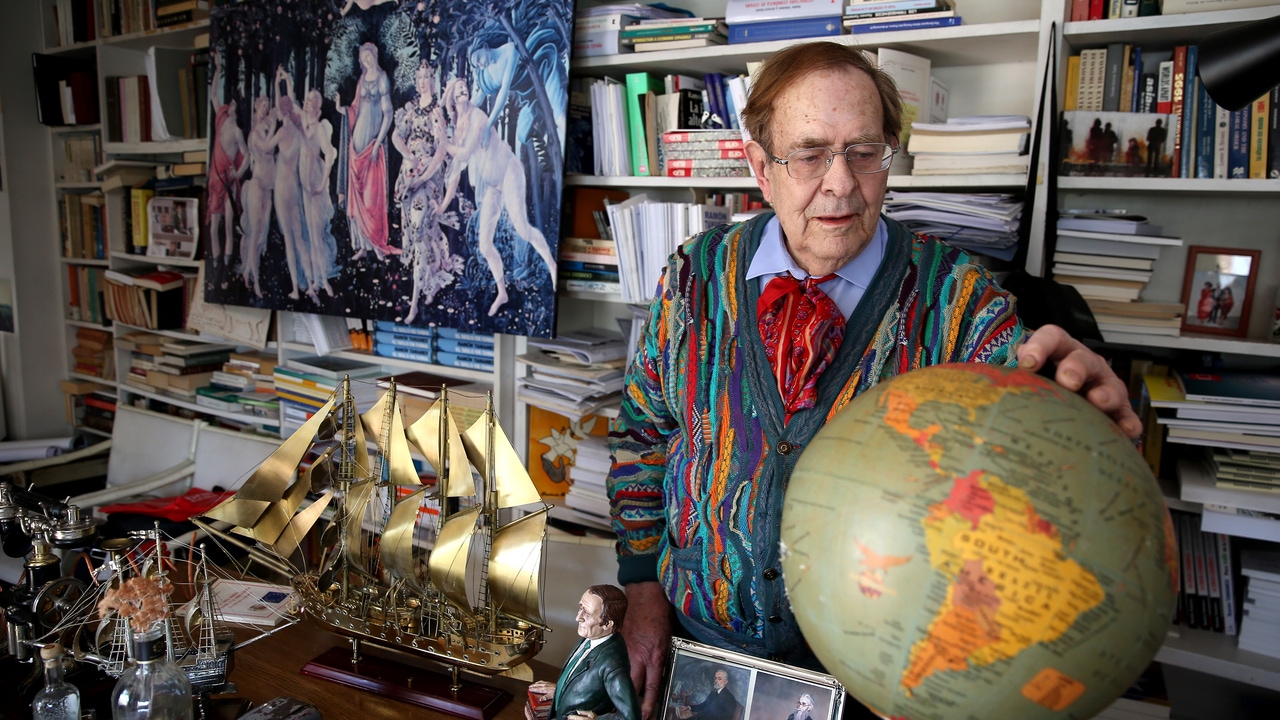In our third article on evolution, today we turn to Michael J. Behe, Professor of Biochemistry at Lehigh University in P en Silvania, USA, and Senior Fellow at the Center for Science and Culture, at the Discovery Institute in Seattle. After long studies, he proposes that some biochemical structures are too complex (irreducible complexity) to be explained with simple evolutionary mechanisms of chance and necessity, and that they may be the result of Intelligent Design (ID).
This is the case, of enormous importance, raised by Francis S. Collins, former Director of the Human Genome project, when it is estimated that the process by which nucleic acids (DNA mainly) emerged are “the writing of God”, by design prior and non-random authorship.
As incredible as it may seem, all the genetic messages of living beings are written by the same four-letter code of DNA – A, T, C, G – whose meaning was known sixty years ago; based on the works of Severo Ochoa, Kornbees, et alia. They were followed by Francis H. Crick and James Dewey Watson, who discovered the molecular structure of DNA: a spiral staircase (or double helix) that contains all the information of existence, and that occupies the nucleus of cells, in packages biological that are the chromosomes (23 in the human species), which are the protagonists of all animated life.
New tributes should be paid to Erwin Schrödinger, Nobel Prize winner in Physics in 1932, very imaginative. Who intuited – “a true miracle” – that biochemistry governs heredity, from the fertilized egg to the adult maturity of any animated being. In his book “What is life?”, he suggested that it was necessary to find a genetic code, and it was found with the DNA in the chromosomes. That book was read by Watson and Crick, and in the end they saw life itself function. Who or What promoted such writing is the story that some attribute to ID.

